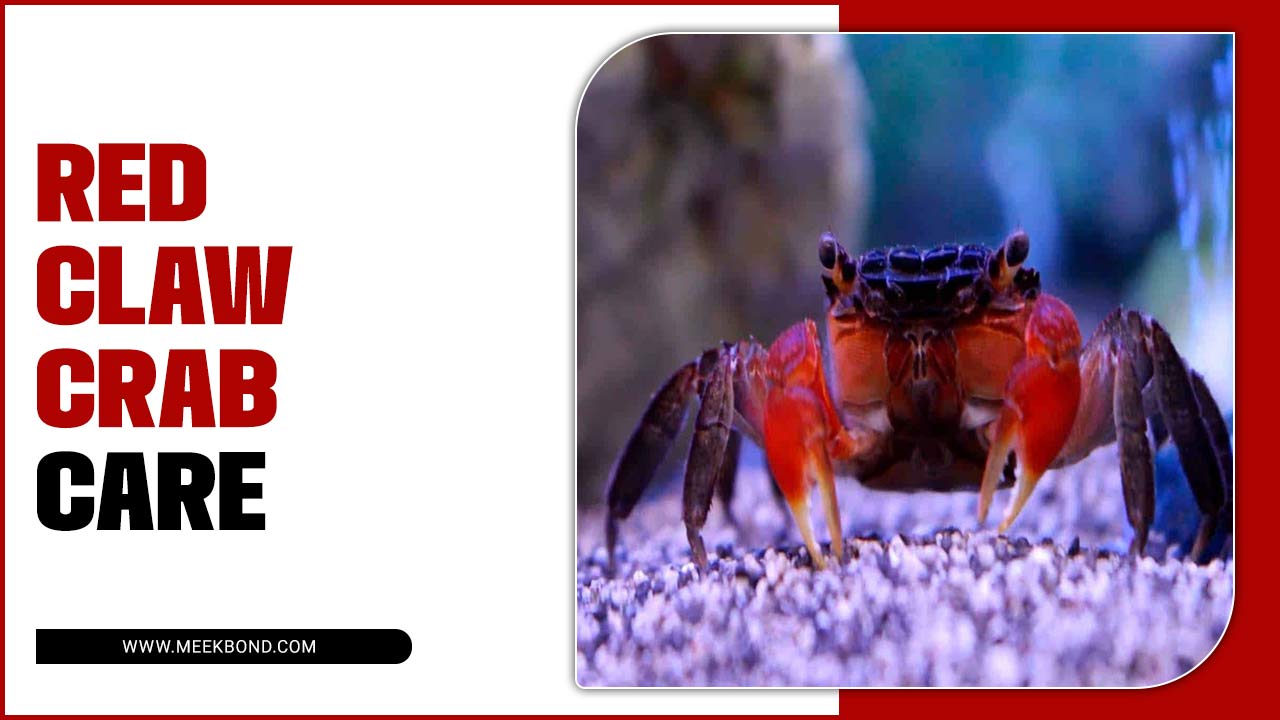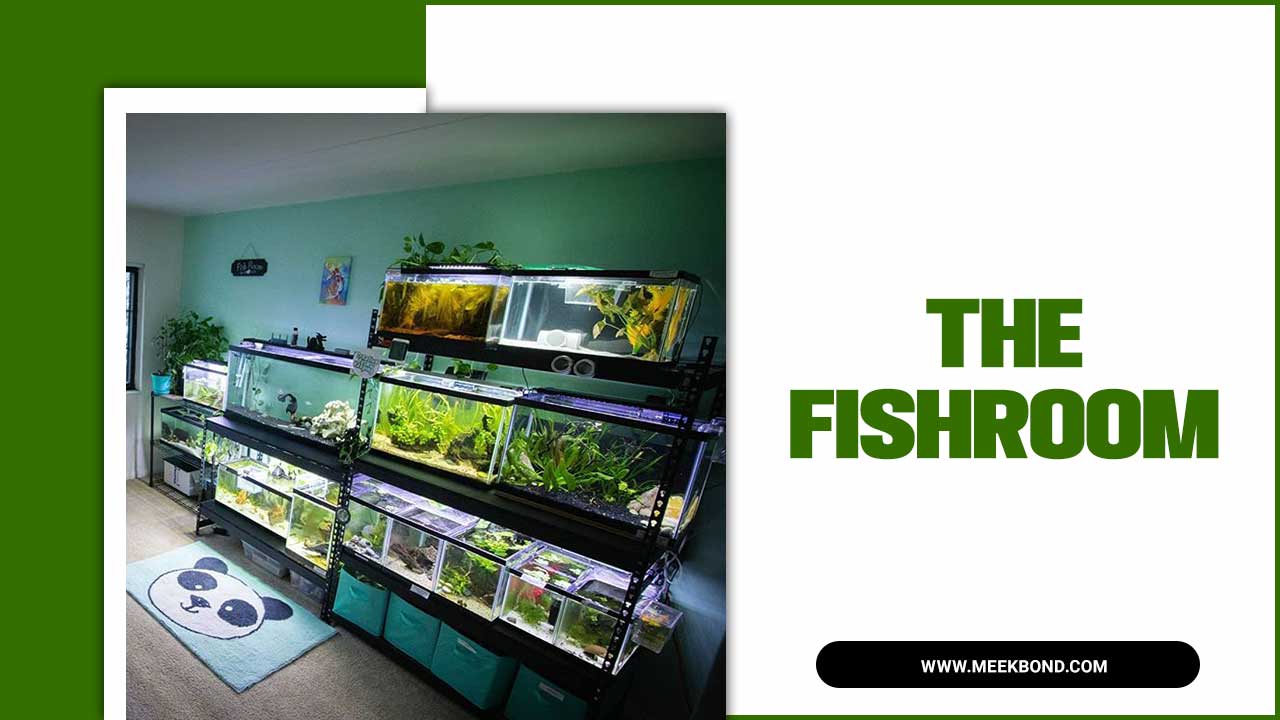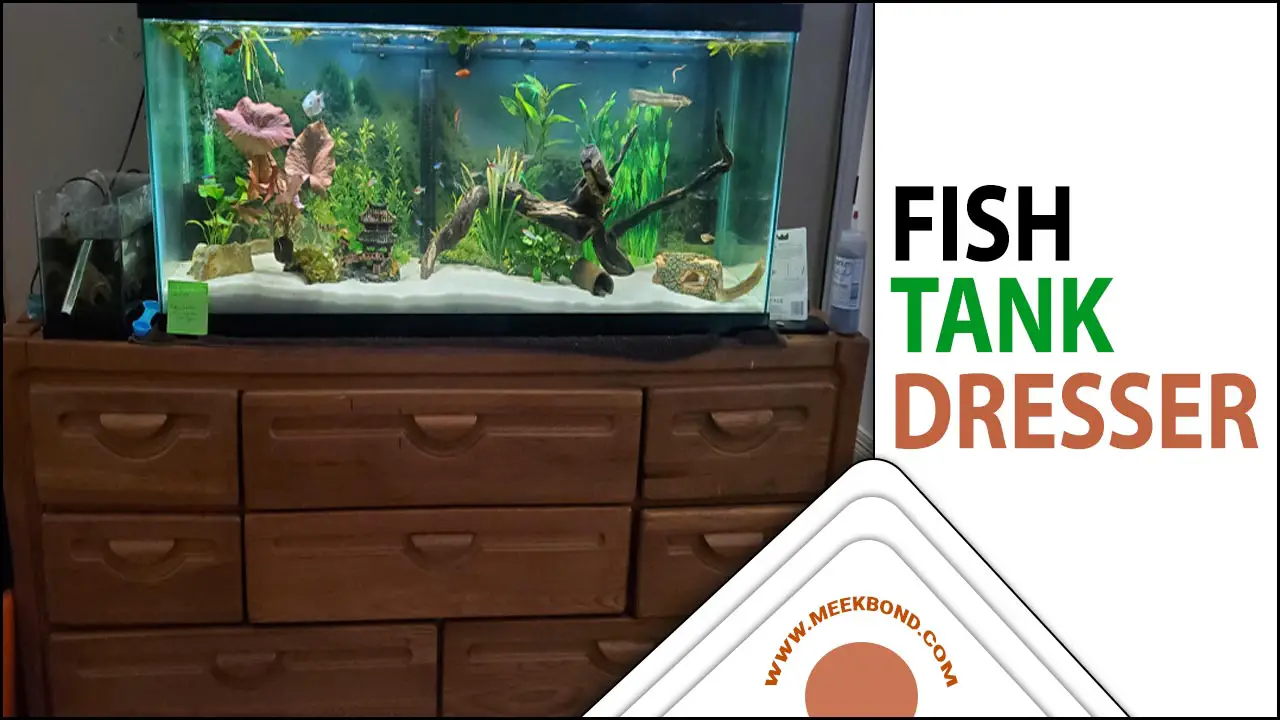The world of tropical fish has a seemingly endless variety of species to choose from, each with its own unique personalities and characteristics. One species that stands out for its beauty, hardiness and adaptability is the Balloon Molly.
This charming fish is popular for its rounded shape and vibrant colors, making it a popular choice for aquarium enthusiasts. Here, we’ll dive deeper into the world of the Balloon Molly and explore why it is the perfect addition to your aquarium.
We’ll cover all the basics, from its natural habitat and behavior to its dietary needs and ideal tank setup. We’ll also discuss common misconceptions about this fish and how to properly care for it to ensure a healthy and happy life in your tank. Whether you’re a seasoned aquarium owner or just starting out, the Balloon Molly is a great choice for any aquatic environment.
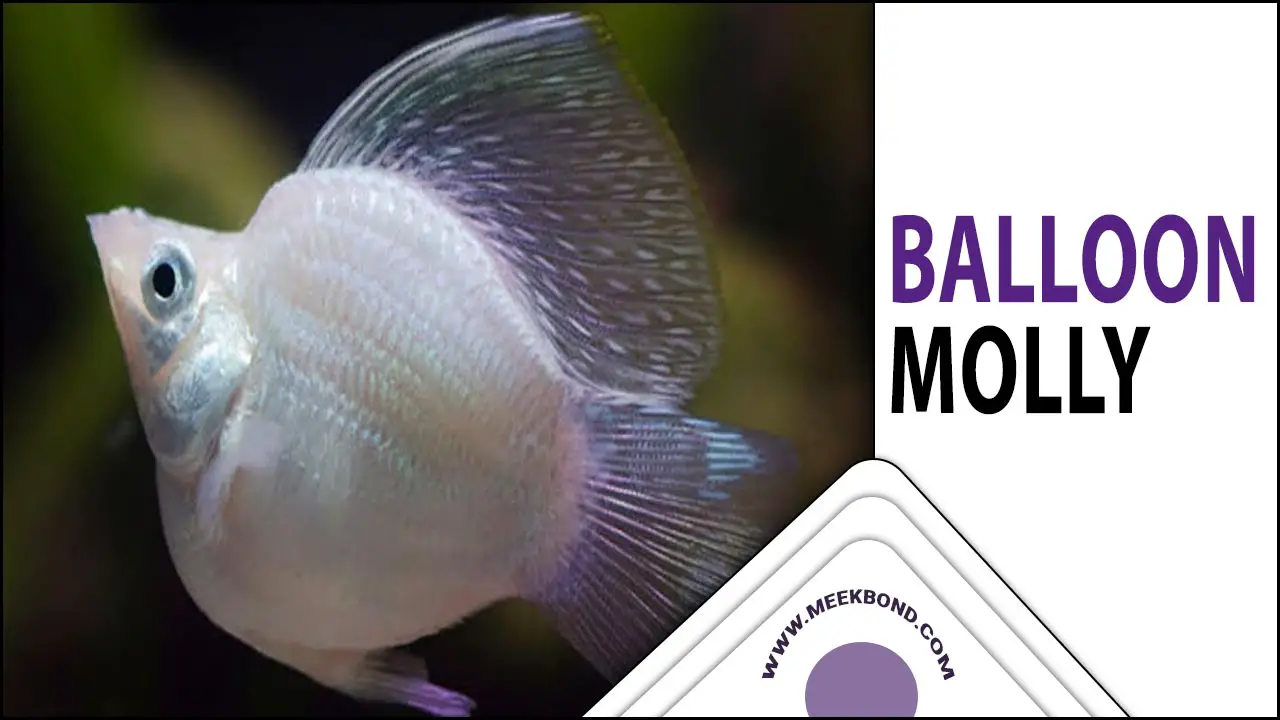
What Makes Balloon Molly A Perfect Addition To Your Aquarium?
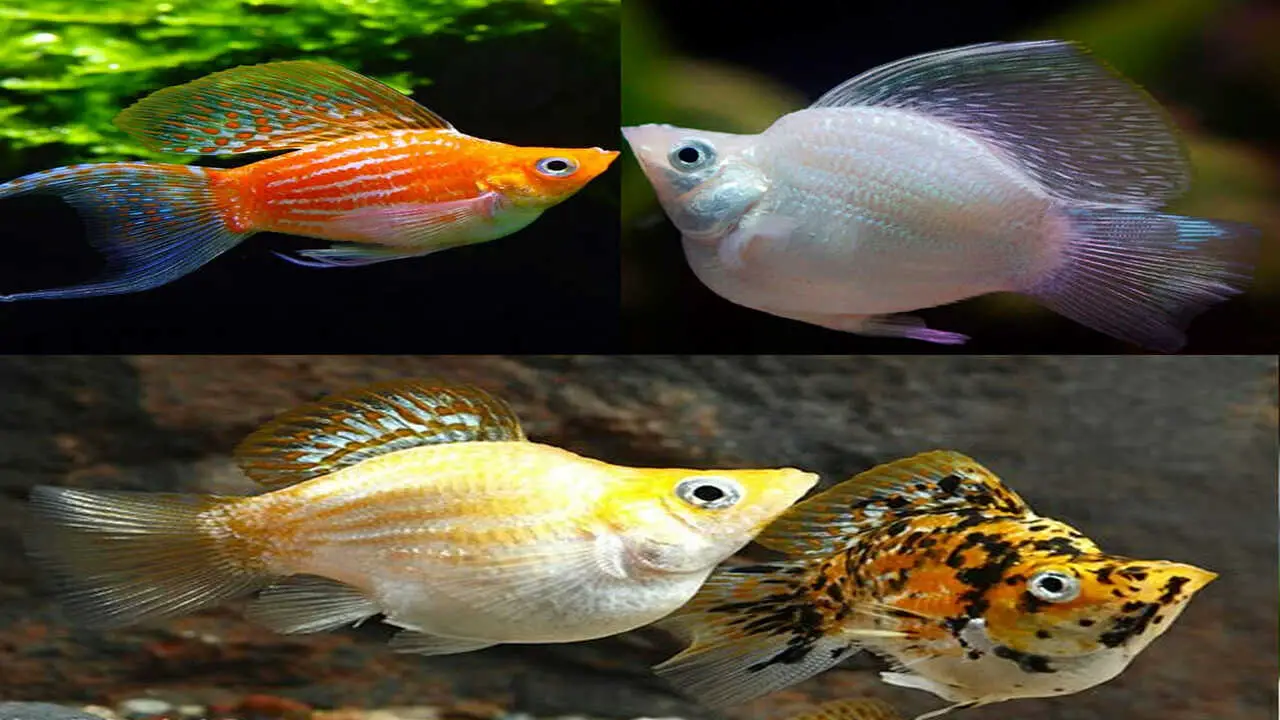
Balloon Molly fish are popular with aquarium enthusiasts due to their unique appearance and peaceful nature. These fish have a rounded, balloon-like body shape, which sets them apart from other mollies. Their vibrant colors and graceful movements make them an attractive addition to any tank.
Balloon mollies are also popular for being easy to care for, making them a great choice for beginners or busy individuals. They require a well-maintained tank with plenty of hiding places and a balanced diet of dry and live foods. Overall, the balloon molly is a perfect addition to your aquarium if you’re looking for a beautiful, low-maintenance fish to bring life and color to your underwater world.
Appearance And Characteristics Of Balloon Molly Fish
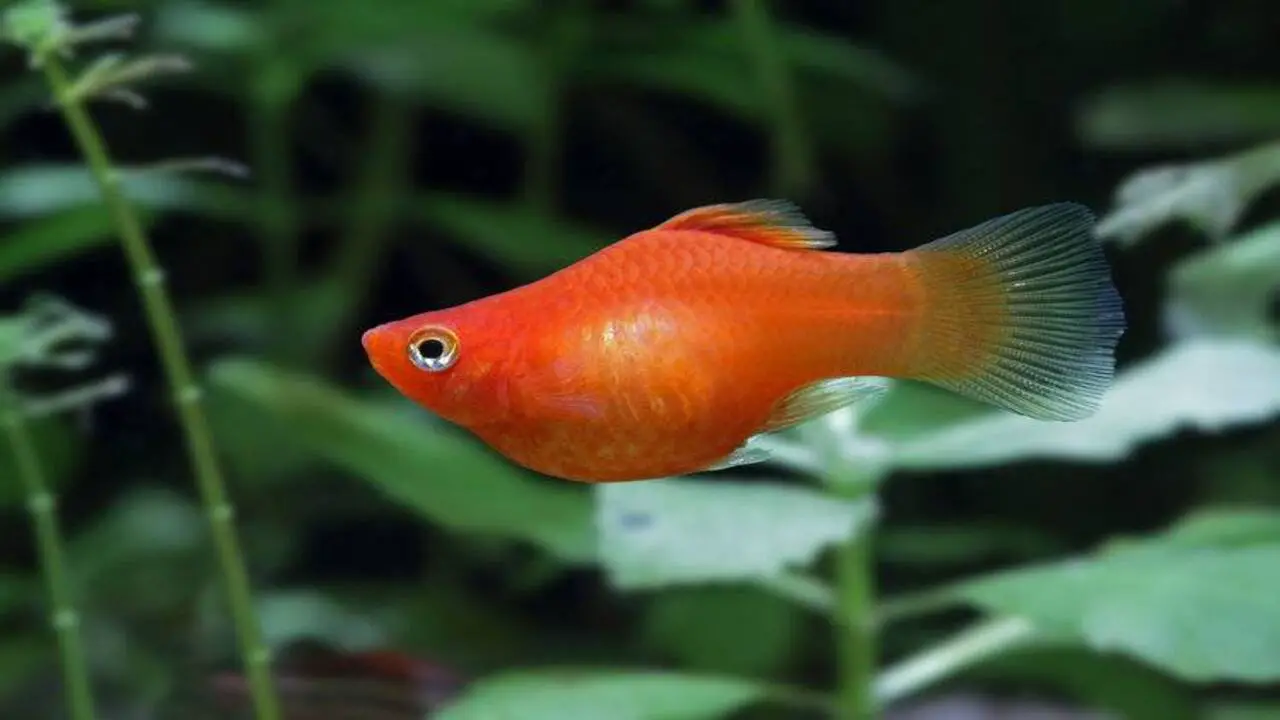
People know the balloon molly as a popular freshwater fish because of its unique appearance. It gets its name from its rounded, balloon-like shape caused by a genetic mutation. This mutation affects the fish’s skeletal structure and gives it a more rounded body shape than other molly species.
Balloon mollies are typically small, reaching an average length of about 2-4 inches. They come in various colors, including black, silver, and gold, making them a visually appealing addition to any aquarium. Despite their unique appearance, balloon mollies have similar care requirements as other molly species and can thrive in a well-maintained aquarium with suitable water conditions.
Compatibility With Other Fish Species
Balloon mollies are popular with aquarium enthusiasts due to their unique appearance and peaceful nature. When considering adding balloon mollies to your tank, it is important to consider their compatibility with other fish species.
While balloon mollies generally get along well with other peaceful community fish, they may be aggressive towards smaller or more timid species. We recommend avoiding keeping them with fin-nipping or aggressive fish. This can lead to stress and potential harm for the balloon mollies.
Additionally, providing ample space and hiding spots in the tank is important to allow for territorial behavior and minimize potential conflicts. By carefully selecting tank mates and providing a suitable environment, you can create a harmonious community tank that includes these fascinating balloon mollies.
Water Requirements And Tank Setup For Balloon Molly Fish
People consider balloon mollies a popular freshwater fish because of their unique appearance. There are a few key factors to consider regarding water requirements and tank setup. Firstly, balloon mollies prefer slightly alkaline water with a pH between 7.5 and 8.5.
Maintaining a temperature of around 75 to 82 degrees Fahrenheit (24-28 degrees Celsius) in the tank is also important. These active fish require a minimum of 20 gallons of tank size to provide enough space. Adding live plants and hiding spots can also help create a natural environment for balloon mollies.
Finally, regular water changes and proper filtration are essential for maintaining good water quality and promoting your balloon mollies’ overall health and well-being.
Feeding Habits And Dietary Needs Of Balloon Molly Fish
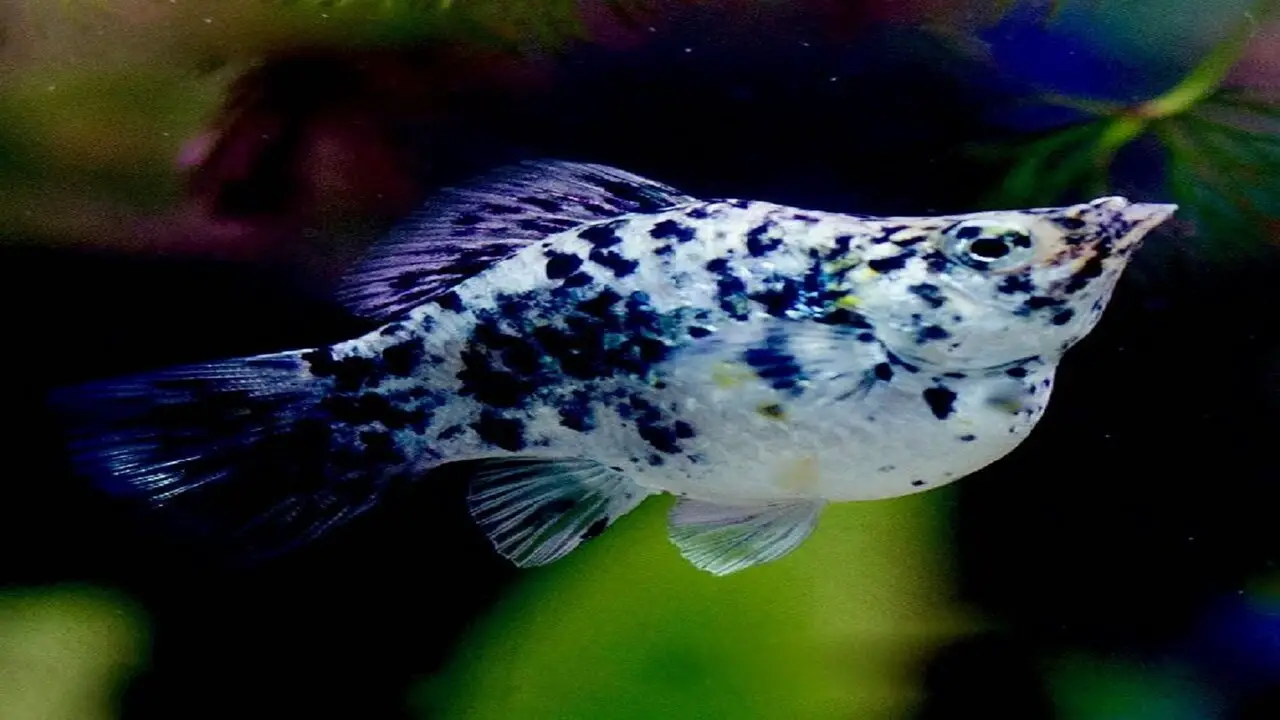
To keep balloon molly fish healthy and thriving, their specific feeding habits and dietary needs must be met. These fish are omnivorous, meaning they eat a combination of plant matter and small invertebrates. They feed on algae, small insects, and other aquatic organisms in their natural habitat.
When kept in captivity, providing a varied diet that includes plant- and protein-rich foods is important. This can include high-quality flake or pellet food specifically formulated for mollies and frozen or live foods such as brine shrimp or daphnia.
It is also important to supplement their diet with algae-based foods or fresh vegetables like spinach or lettuce. By providing a balanced diet that meets their nutritional needs, you can help ensure the health and longevity of your balloon molly fish.
Breeding And Reproduction Of Balloon Molly Fish
Breeding and reproducing balloon molly fish can be an interesting and rewarding experience for enthusiasts. Balloon mollies are popular for their unique appearance, rounded body shape and vibrant colors. When it comes to breeding, it is important to have a suitable environment for the fish to thrive in. This includes providing them with ample space, proper water conditions, and a balanced diet.
Female balloon mollies are livebearers, meaning they give birth to live young instead of laying eggs. They can produce large broods of fry at one time, which adds to the excitement of breeding these fish. You can enjoy watching your balloon molly fish reproduce and grow their own vibrant offspring with proper care and attention.
Common Health Issues And How To Care For Balloon Molly Fish
Balloon mollies are a popular freshwater fish in the aquarium hobby. While they can be a great addition to your tank, it is important to be aware of some common health issues that can affect them. One issue that balloon mollies are prone to is swim bladder disorder, which can cause them to have difficulty swimming or floating upside down.
You should maintain a balanced diet and keep the tank clean to avoid this, as overfeeding or poor water quality can often cause it. Another common health issue is fin rot, characterized by frayed or discolored fins.
This can be caused by poor water conditions or aggressive tank mates, so providing a suitable environment and monitoring the interactions between fish in the tank is important. By understanding these common health issues and taking proper care of your balloon mollies, you can help ensure their well-being and enjoy their vibrant presence in your aquarium.
Tips For Selecting And Introducing Balloon Molly Fish To Your Aquarium
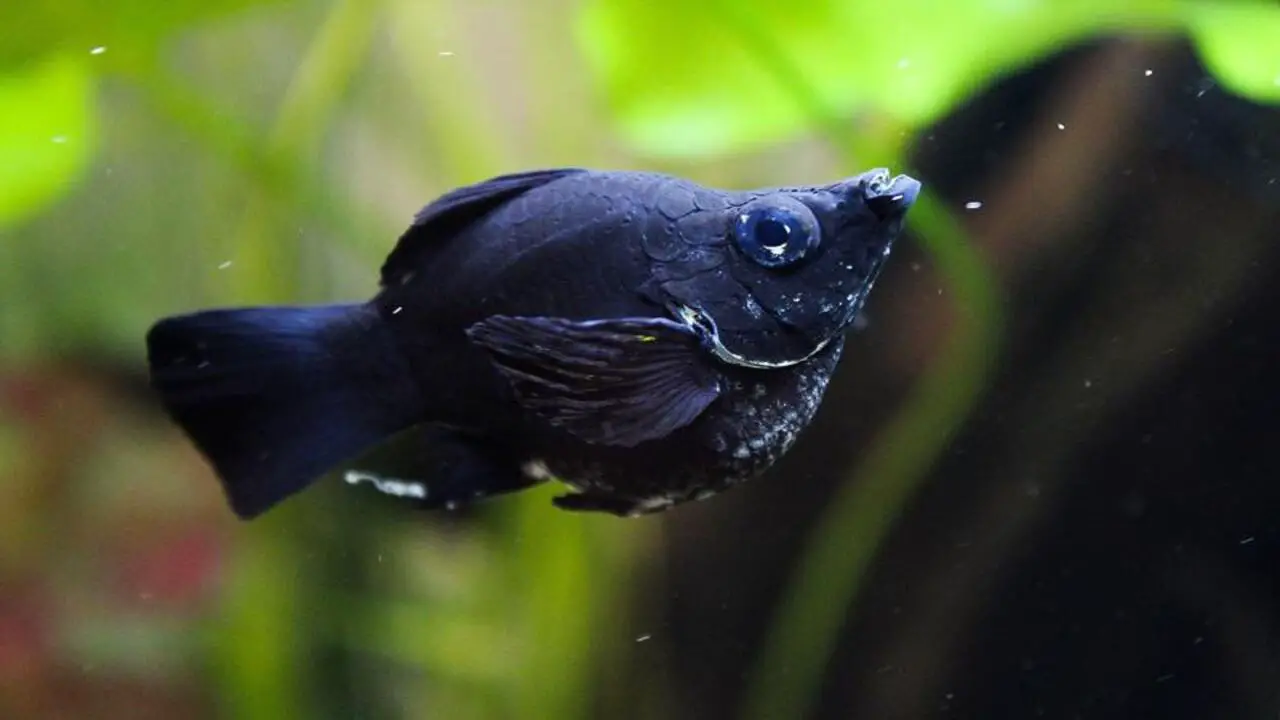
When selecting and introducing balloon mollies to your aquarium, there are a few tips to keep in mind. By following these tips, you can ensure a smooth introduction of balloon mollies to your aquarium and provide them with a healthy and comfortable environment to thrive.
Choose healthy specimens: Look for active balloon mollies with clear eyes and no signs of disease or injury.
Check water conditions: Make sure the water parameters in your aquarium are suitable for balloon mollies, including temperature, pH level, and water hardness.
Introduce slowly: When adding balloon mollies to your aquarium, it is best to acclimate them slowly to minimize stress. Float the bag containing the fish in the tank for 15-20 minutes before releasing them.
Provide hiding spots: Balloon mollies appreciate having hiding spots in the aquarium, such as plants or caves. This will help them feel secure and reduce stress.
Monitor aggression: Monitor the interaction between balloon mollies and other fish in your tank. If you notice any signs of aggression or bullying, provide additional hiding spots or consider rearranging decorations to create new territories.
Adding Variety To Your Aquarium With Different Color Variations Of Balloon Molly Fish
The balloon molly is a popular fish among aquarium enthusiasts. Known for its unique rounded shape and vibrant colors, the balloon molly can add a touch of variety to any aquarium. Their distinctive appearance can serve as a focal point in your tank and create a visually appealing display.
Additionally, balloon mollies are relatively easy to care for, making them a great choice for beginner and experienced fish keepers. They are generally peaceful and can coexist with other community fish species. If you want to add color and charm to your aquarium, consider adding balloon mollies to your collection.
Conclusion
The balloon molly fish is an ideal addition to your aquarium due to its striking appearance, compatibility with other fish species, and easy care requirements. With their vibrant colors and unique balloon-shaped bodies, they add a beautiful touch to any tank. They are also known for their peaceful nature, making them a great choice for community tanks.
Balloon mollies thrive in well-maintained aquariums with proper water parameters and a varied diet. Whether you’re a beginner or an experienced aquarium enthusiast, these fish will bring joy and beauty to your aquatic habitat. Consider adding different color variations of balloon mollies to create a stunning and diverse aquarium display.
Frequently Asked Questions
How Many Balloon Mollies Should You Keep Together?
To ensure the well-being of balloon mollies, it’s recommended to keep them in groups of at least three or more. A ratio of one male for every two females is ideal. Ensure your aquarium can accommodate the number of balloon mollies you plan to keep and maintain a healthy environment with proper filtration and regular water changes.
How Many Babies Can A Balloon Molly Have?
A balloon molly can have many babies, up to 60 per pregnancy. You can identify a pregnant balloon molly by its larger size and a dark gravid spot near the anal fin. To ensure the survival of the baby mollies, it is important to provide hiding spaces in the aquarium to protect them from being eaten by adult fish. Balloon mollies are livebearers, meaning they give birth to live young rather than laying eggs.
Why They Are Called Balloon Belly Or Pot Belly Molly?
Balloon Molly fish are often called Balloon Belly or Pot Belly Molly due to their distinctive round and bloated appearance. This is caused by a genetic mutation that affects fat processing. Despite their unique look, Balloon Mollies are great aquarium additions due to their peaceful nature and easy care requirements.
What Are The Benefits Of Drinking Balloon Molly?
Balloon molly fish are not meant to be consumed as they are tropical freshwater fish commonly kept in aquariums, not for drinking. They offer numerous benefits, like adding color and vibrancy to your aquarium, but their purpose is not for consumption.
How Can I Use Balloon Molly To Lose Weight?
Balloon molly fish should never be used for weight loss purposes. It is important to prioritize animal welfare and make responsible choices. Using balloon molly fish in this way goes against ethical guidelines and can harm their health.

Aquarium passion is all about connecting with the aquatic life and providing education to the public on the importance of these creatures. We showcase a wide variety of marine life through our exhibits as well as working with schools to provide unique learning opportunities for students of all ages.

